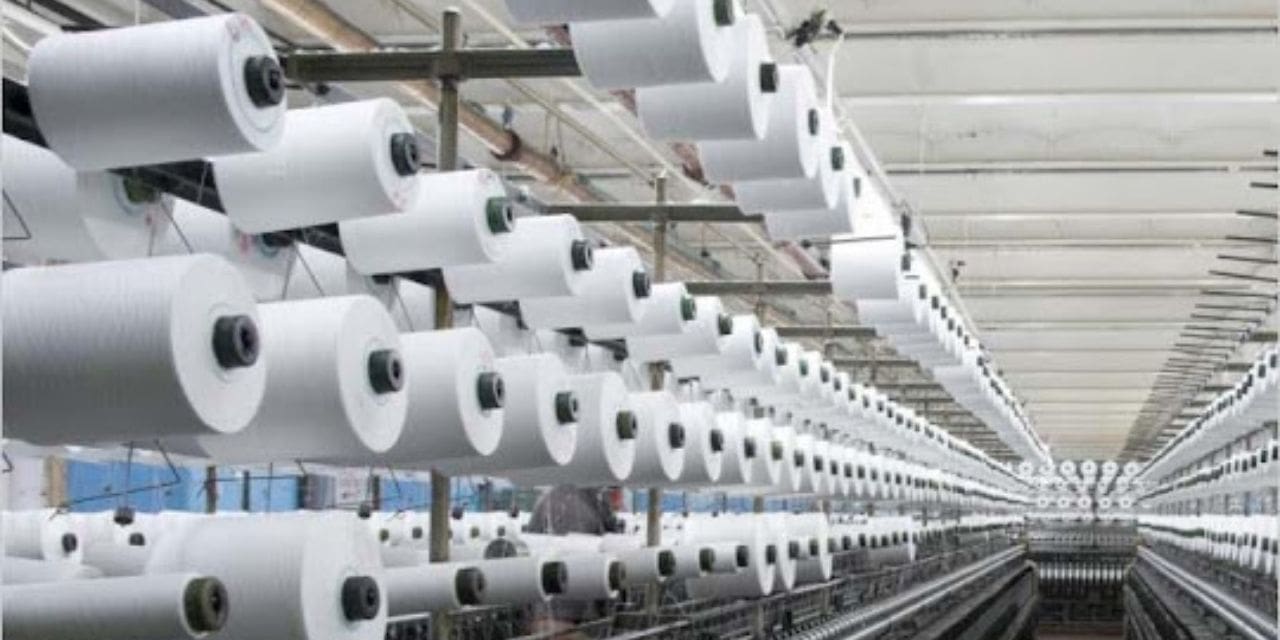Given the stronger synergy among its resident firms, such mega parks will be able to better attract overseas buyers by offering a diverse range of products and catering to huge orders.
According to textiles secretary UP Singh, the Centre will provide incentives to investors to establish the envisaged mega textile parks with plug-and-play facilities over broad areas of at least 1,000 acres apiece, while states will pitch in with land.
The initiative is intended to “build scale” across the textiles and apparel value chain, which has been fragmented for decades, resulting in the country shedding export market share to far smaller economies such as Bangladesh and Vietnam. Singh further stated that it will supplement the recently authorised Rs 10,638-crore production-linked incentive (PLI) plan for the man-made fibre and technical textiles industries.
According to Singh, the parks would be well located near ports and will house various types of textile and garment industries, including integrated facilities, in order to develop a healthy ecosystem. The incentives will most likely be distributed to investors in two instalments, upon completion of about 60 percent and 100 percent of the project, respectively.
Investors will not just build infrastructure but also operate the park for a period of 25-30 years and can collect fees from companies that set up units there. The parks were announced as part of the FY22 Budget proposals. They are the latest in a series of attempts made by the government to promote formalisation and build scale in the labour-intensive sector. Textile and garment exports shrank 8.6% on year to $33.7 billion in FY20 and saw a more dramatic, Covid-induced contraction of 10% last fiscal, worse than a 7% drop in overall merchandise exports. However, in the first four months of this fiscal, such exports have grown at a phenomenal pace of 106%, driven by an economic resurgence in advanced markets and aided partly by a conducive base.
India’s textile and garment industry is well-poised to record impressive growth and recapture lost heights. The textile secretary expected that with the announcement of the PLI scheme, export tax remission schemes like RoDTEP and RoSCTL and easier labour norms. Of late, much smaller countries like Cambodia and Myanmar, too, have recorded fast growth in garment exports.
Textiles Department Relief for Handlooms
The Employees Insurance Court (Principal Labour Court) has thrown aside an order attaching the bank account of the Director of Handlooms and Textiles, Tamil Nadu, in order to recover around 10.5 lakh in damages for cooperative spinning mill default.
The Handlooms and Textiles department claimed in their appeal that the attachment order was issued by Employees’ State Insurance Corporation (ESIC) on March 14, 2011, that it was illegal, and that it requested a refund. It further stated that its responsibility was limited to that of the Registrar and that each cooperative spinning mill was assigned a separate administrator.
According to the department, it was not the primary nor the immediate employer of the defaulting cooperative spinning mills. It went on to say that the administrator was the sole employer. The court noted that ESIC had not established that the department held the amount of the delinquent mills, and the department had pleaded that it was not the primary employer, which was not disputed.
It was clear that the department had no duty to the delinquent mills, and the notification issued by ESIC was unconstitutional, it noted, ordering a refund of the sum.

